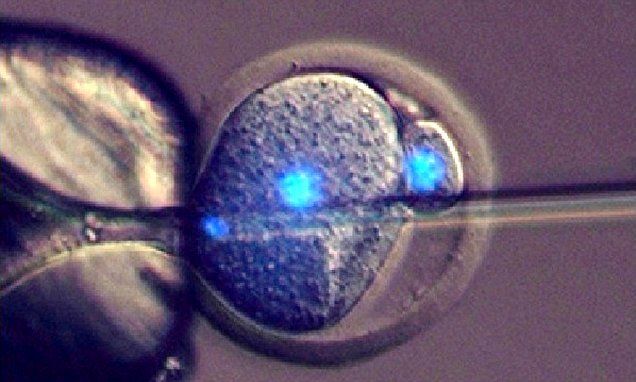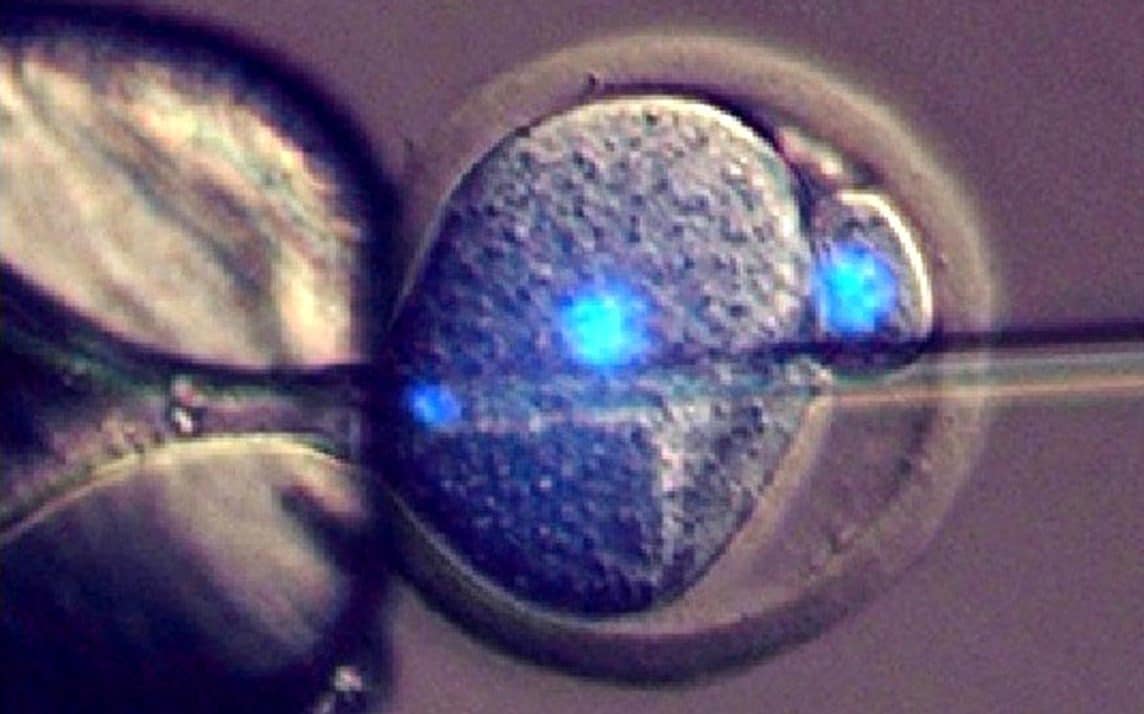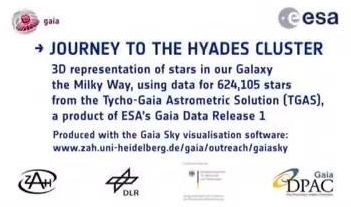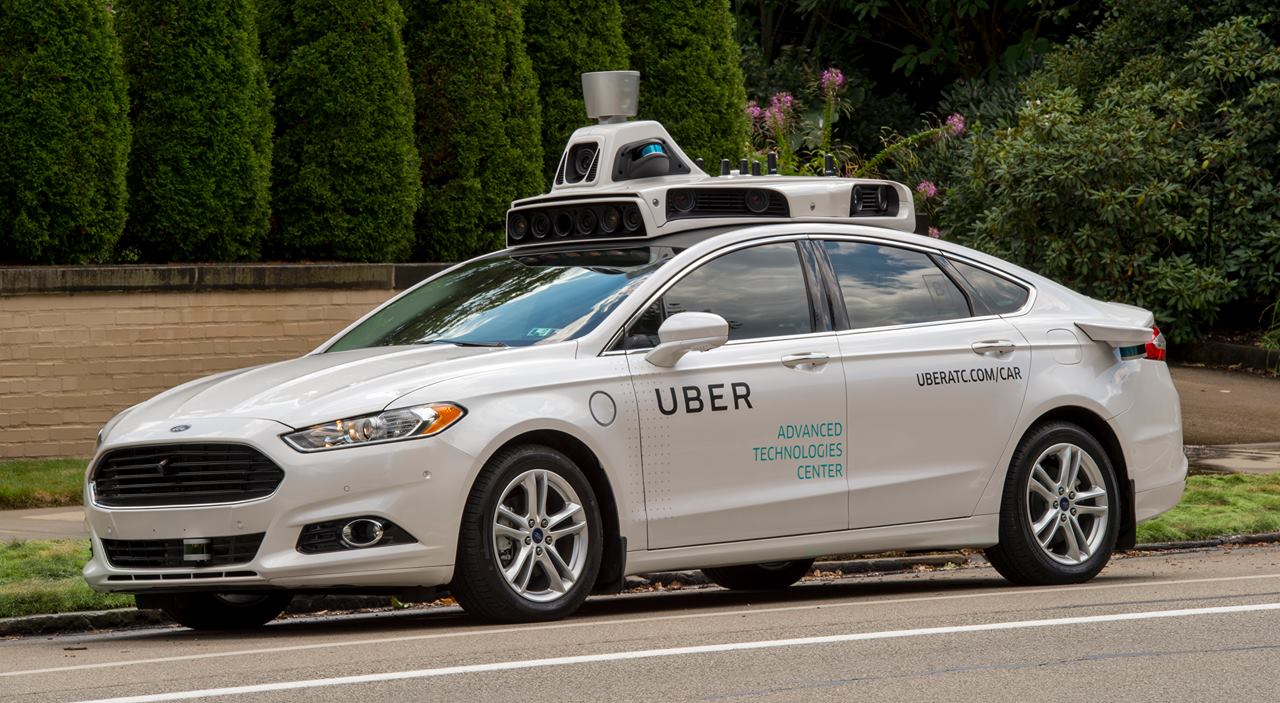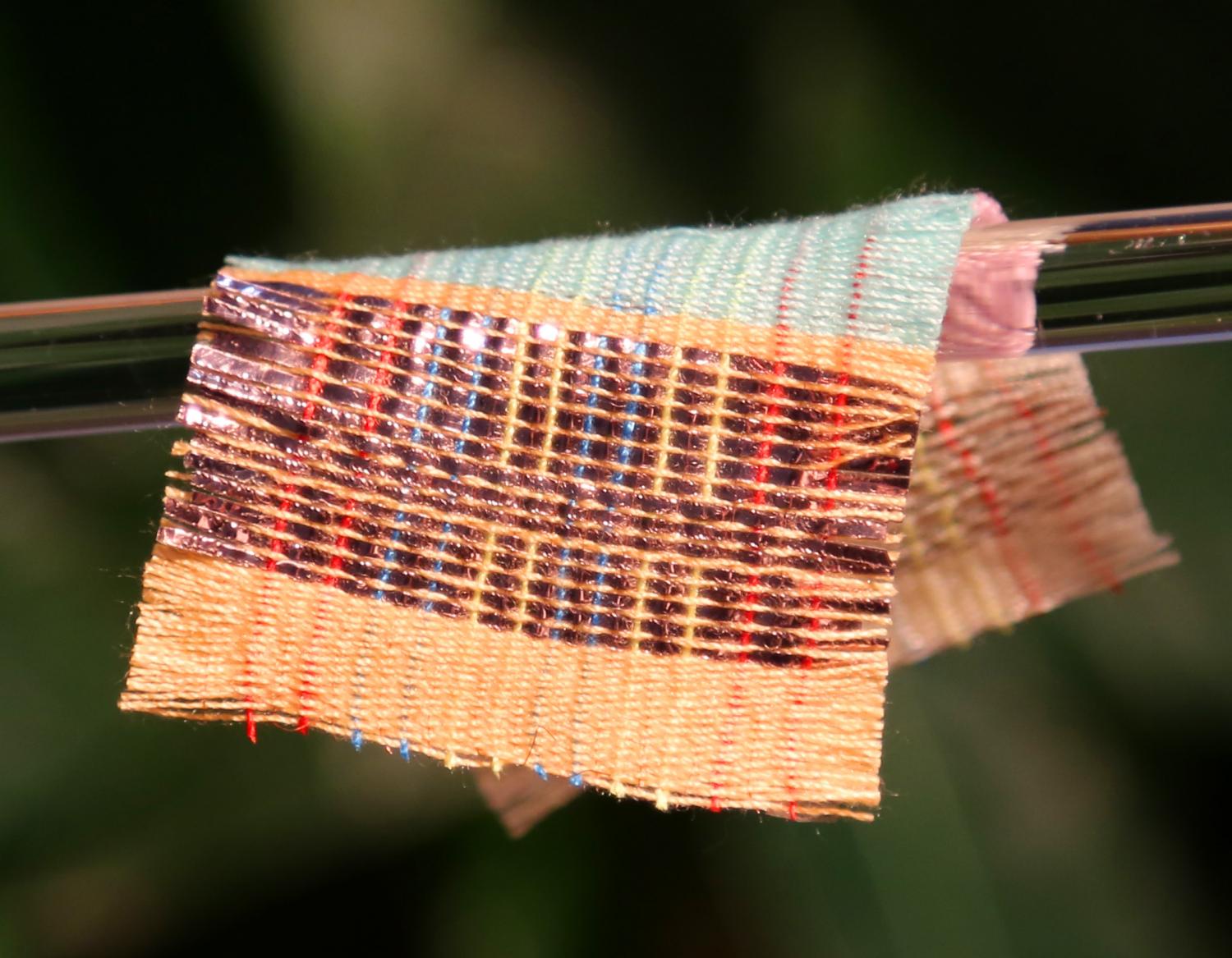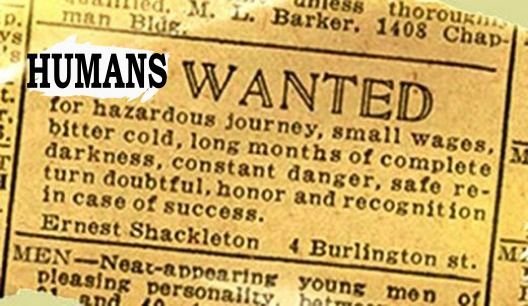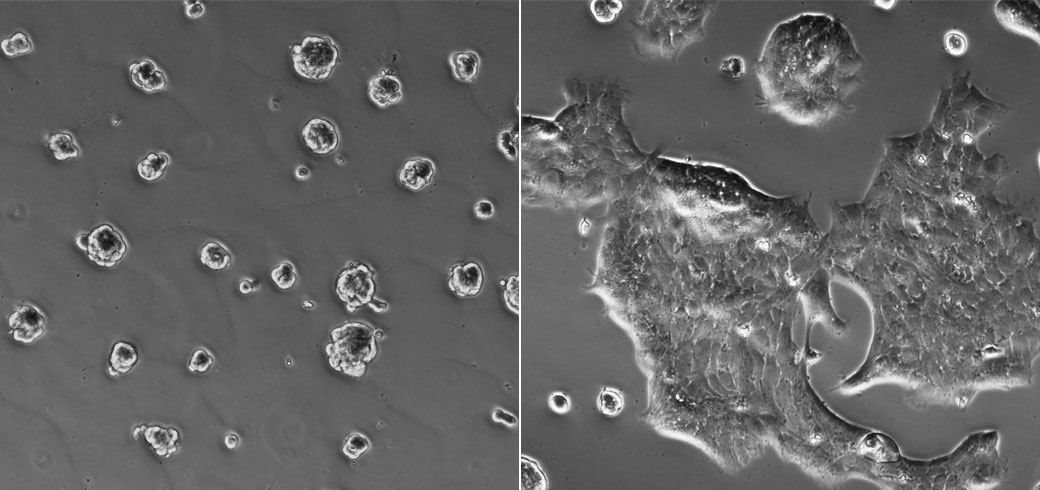Sep 14, 2016
Making babies without eggs may be possible, say scientists
Posted by Shailesh Prasad in category: biotech/medical
Scientists say early experiments suggest it may one day be possible to make babies without using eggs.
They have succeeded in creating healthy baby mice by tricking sperm into believing they were fertilising normal eggs.
The findings in Nature Communications, could, in the distant future, mean women can be removed from the baby-making process, say the researchers.

